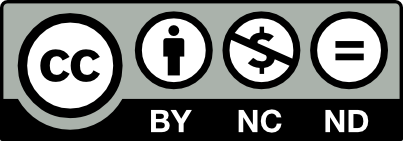The Influence of Content Schemata on ESL Learners’ Reading Comprehension
DOI:
https://doi.org/10.24191/cplt.v11i2.2155Keywords:
content schemata; reader-response theory; reading comprehension; schema theory; second language readingAbstract
Content schemata play an important role in influencing ESL learners’ comprehension. If reading texts chosen do not relate well to their schemata, this could affect their comprehension. This qualitative case study which involved 12 participants, was conducted to explore how content schemata contribute to the learners’ comprehension, to explore factors that contribute to the learners’ understanding, and factors that hinder the process of understanding the text. Schema Theory and Reader-Response Theory guided this study. Data which were gathered through think aloud protocol sessions and in-depth interviews were cross analyzed for patterns. For the think aloud protocol, four patterns were identified: identifying important aspects of a message and allocating attention, monitoring ongoing activities, engaging in review and self-interrogation, and taking corrective action and recovering from disruptions. In addition, three themes had emerged in the analysis of the in-depth interviews: ways learners process texts, contributing factors to learners’ understanding, and importance of background knowledge. The findings revealed that the learners’ comprehension of text is hindered without content schemata. Results of this study can help material writers in selecting texts which are within the learners’ content schemata as they influence their cultural practices, attitudes and values which shape their understanding of reading texts.
Published
How to Cite
Issue
Section
License
Copyright (c) 2024 Amizura Hanadi Mohd Radzi, Noor Hashima Abd. Aziz

This work is licensed under a Creative Commons Attribution 4.0 International License.







